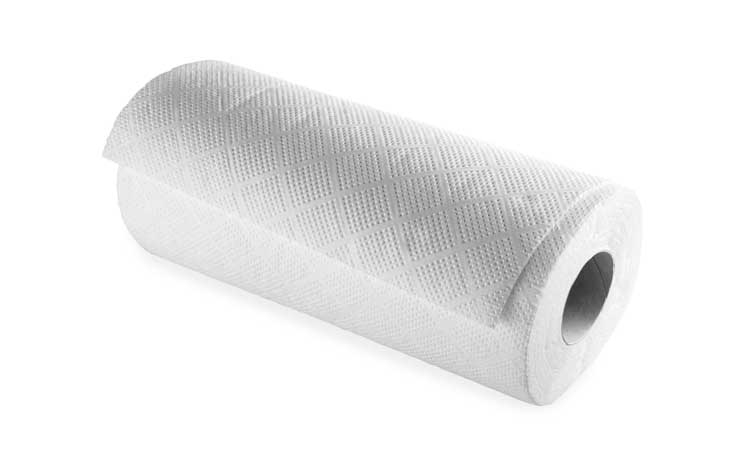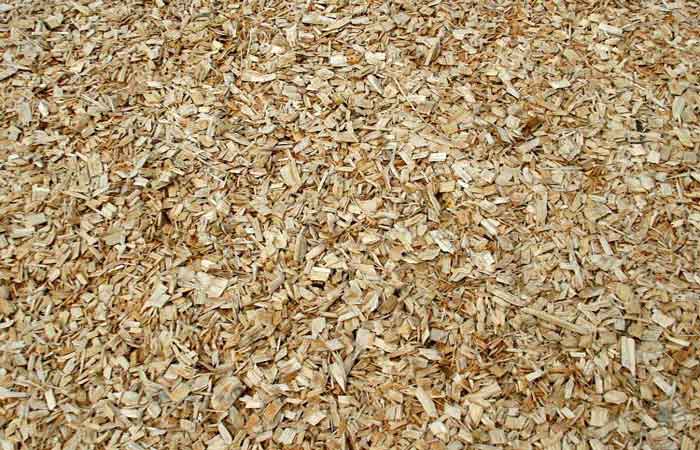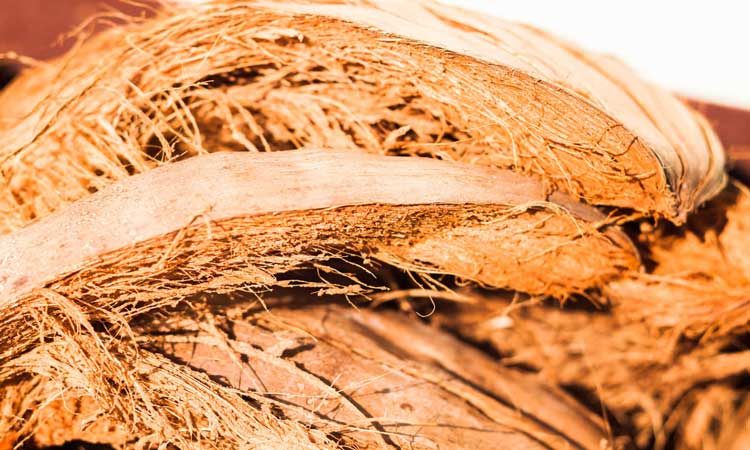Setting up a snake as a pet requires snake owners to take into account a variety of factors. Aside from the snake enclosure, you will also determine how much ventilation to provide.
However, snake keepers have a common question about their pets’ bedding. They are specifically interested in knowing which substrate type will be best for their snake.
Next, we’ll discuss the best bedding options for pet snakes which are both safe and affordable and help you choose the right one.
Benefits Of Using A Substrate?
It’s understandable to wonder why snake keepers use substrates at all. Substrates for pet snakes seem to add an unnecessary level of complexity to the maintenance of a snake’s enclosure, and they also represent an added cost (in most cases).
Nevertheless, substrates serve a number of important functions and make pet care simpler. Here are a few benefits of using a substrate:
- Excess fluid is absorbed by the substrate: Although most snakes require high humidity in their habitat, except for water-dwelling snakes, they require relatively dry habitats. Consequently, if you spill your snake’s water dish or he has a lot of water in his feces, the substrate will absorb some of it, which keeps the habitat’s bottom drier than it would otherwise be.
- Snakes prefer surfaces that are more comfortable for them: There is no way to gain insight into a snake’s mind, but it is reasonable to assume that snakes find a variety of substrates more comfortable and natural bare floor of their enclosure.
- The substrate can act as a hiding place for snakes: Even though most snake species will need a true hide box when resting, some species will burrow readily into the substrate. Several species of sand boas, for instance, may become stressed if they do not have access to burrowing substrates.
- Moisture can be retained and slowly released by some substances: In addition to absorbing spilled liquids, substrates in your snake’s habitat can also absorb water that you intentionally add. After that, they’ll slowly allow the water inside the enclosure to evaporate, increasing the relative humidity within the habitat.
- Maintaining a clean habitat is easier with substrates: Your snake will produce quite a mess if it defecates on a bare enclosure floor. If your snake defecates on top of a substrate, you can simply remove the affected area and dispose of it.
Best Bedding Options For Pet Snakes
Various substrates for pet snakes are available to snake keepers, new and innovative materials are also developed from time to time. Numerous substrate options are beneficial to keepers and their snakes, but the sheer number of choices can overwhelm new keepers – especially when it comes to picking one.
Choosing the right substrate isn’t as difficult as you might think. It’s simply a matter of familiarizing yourself with some of the most popular options available. Listed below are some bedding options for getting started.
1. Newspaper

Most professional breeders, as well as those who maintain many snakes, use newspaper as a substrate.
Why is easy to understand:
Newspapers are inexpensive (and even free if you can locate some “used” newspapers), they’re easy to use, and they won’t be swallowed by your snake.
Besides keeping your pet’s habitat clean, it also allows snakes to burrow under the newspaper, so they can hide.
Newspapers do have a few drawbacks, however.
The design isn’t very appealing to begin with. Keepers generally find it more enjoyable to maintain enclosures that are aesthetically pleasing, even if the snake doesn’t care about it.
In addition, newspapers won’t hold moisture or provide humidity as well as some other substrates for pet snakes do.
Last but not least, the ink in the newspaper may rub off on your snake. Keepers of brightly colored species, especially those who keep brightly colored fish, can become smudged with black to blue stains due to this process.
2. Paper Towels

The paper towel offers the same basic strengths and weaknesses as newspaper, with the exception that it is more expensive and does not contain ink that will rub off on your snake.
Except for one situation: the maintenance of neonate snakes, paper towels likely aren’t used as often as newspapers.
In contrast to a large enclosure that would require a thick layer of paper towels, a small snake habitat would only need one or two paper towels to adequately cover the bottom.
3. Aspen Shavings

There are a lot of benefits to using aspen shavings as a substrate.
It is likely that the entire contents of a small water bowl will be absorbed by a thick layer of aspen if you use a thick enough layer.
You can also spot-clean aspen when your snake defecates, rather than having to replace an entire sheet of newspaper or commercial liner.
According to most people, aspen shavings are more attractive than newspapers, but the perception of their aesthetic value will differ from person to person. In addition, snakes can burrow in them.
Aspen, on the other hand, is not a good substrate to use for providing high humidity, because it will quickly rot if placed in a moist environment.
Furthermore, the enclosure is often dusty and a bit messy – shavings are constantly escaping. Aspen shavings are also more expensive than newspapers, even though they are not extremely expensive.
4. Sand
For many keepers of sand boas, sand is the substrate of choice. It can also be used for other desert-dwelling serpents. In contrast, sand isn’t very appealing to most other snakes. It’s the best Snakes bedding option.
Sand is abrasive and dusty, which means it is likely to leave a fine layer of dust all around the enclosure once it has been in place for a short period of time.
If snakes consume a significant amount of sand by accident, the sand can block their intestines. Sand does not work well for species that require high humidity levels.
Keepers do benefit from sand, however. Sand is notable for its natural appearance and ability to help create an environment that looks natural.
5. Carpeting
Snakes that don’t burrow can make use of carpeting as a substrate. It’s also good Snakes bedding option.
Using remnants is cheap, but you’ll need at least two pieces of a suitable size to fit in the cage. It’s possible to wash one carpet while the other stays in the cage. You need to wash carpets frequently because they get soiled quickly.
6. Artificial Turf

You can clean the soiled piece of artificial turf while using a clean one in your snake’s cage if you have multiple pieces of artificial turf. Artificial turf has a low maintenance requirement. Also, it’s durable and lasts for a long time, although repeated washings degrade its look.
The bedding does not allow snakes to burrow, but because it mimics real grass, it is quite comfortable for them. At a home improvement store, find a large piece and cut it down into smaller squares.
7. Cypress Mulch
A popular snakes bedding option is cypress mulch, which is especially useful for snakes that are native to humid environments.
Mulch made from cypress will absorb a large amount of water, and it can be kept damp for an extended period of time without rotting. It looks pretty good in most habitats, despite the subjective nature of aesthetic value.
Cypress mulch can also allow snakes to burrow, provided it is “fluffed up” (as your snake crawls over it repeatedly, it tends to compact over time). Aspen shavings can also be cleaned with cypress mulch.
Nevertheless, prices vary widely from one location to another for cypress mulch. In the southeastern United States, it is typically very affordable (several cubic feet may only cost two or three dollars), but in the northern parts of the country, it is relatively more expensive.
Keepers who carelessly brush their hands across cypress mulch may suffer wounds and splinters.
8. Coconut fiber

It’s one of the best options for snakes’ bedding.
Snakes and other reptiles enjoy the comfort of coconut fiber bedding. Snakes burrow in this “green” substance because it has natural odor-fighting properties. It is readily available at pet stores or on Amazon, sold by brands such as Coco Soft, Coco Bedding, and Tropicoco Husk.
9. Soil
In snake habitats, soils of various types are often used as a substrate. While soil does have a few disadvantages, there are also many reasons why it is an excellent choice. It’s another popular snake bedding option.
Conclusion
The best bedding for all snakes is not the same, as I mentioned earlier. Furthermore, different keepers may have a different value system, so they may come to different conclusions even if both are keeping the same type of pet snake.
The selection of bedding is a complex issue, and all keepers will need to determine which bedding is best for their snakes and their current situation.
Don’t be afraid to make a change if your first choice doesn’t work out. Think carefully about your decision before you make it. Eventually, you will figure out what will work best for both of you.

